

Aged 29, Furusato Hiromi has chosen to stay in Ishinomaki where she can indulge her passion.
Since the earthquake in March 2011, many people have visited Ishinomaki with their cameras to record the damage sustained by the region. Some photographers have stayed on to continue taking photos. One of them is Furusato Hiromi, who quit a photo studio in Tokyo to become a photographer/archivist for a voluntary organisation. At present, she’s recording fragments of people’s lives. She was born in Ushiku, a city in Ibaraki Prefecture, and spent years studying in high school and in college in Tokyo. She’s always loved reading and is very interested social science. She initially failed, then passed her entrance exam to the psychology department of Nihon University. But she soon realised that the majority of students lacked any motivation once the difficult entrance exam was behind them. As she hated working in such an atmosphere, she decided to continue her studies in the Fiji Islands, and “taking advantage of the occasion”, she bought her first single-lens-reflex (SLR) camera before leaving. Once there, she constantly took photos of the countryside and the smiling faces of the people she came across.
On her return to Japan, her camera remained close to hand. While completing her course in clinical psychology, she searched for paid employment in a field that would allow her “to remain in contact with people before they become really ill, and have as many different experiences as possible during the next three years”. Thanks to her warm and friendly manners, she received many offers of employment. To prepare herself for the world of work, she wore tailored-suits and high heels – until the day she realised that she always stood looking at the ground with her eyes riveted on her painful feet…
On one of her days off, wearing jeans and strolling along an avenue of ginkgo trees, she was overcome by a sensation of great beauty. “Why hadn’t I noticed all this before? If I’d had a camera with me, I wouldn’t have missed the opportunity of capturing this moment,” she said to herself. So she decided to put her plans for employed work behind her and, after some research online for “Photo studio in Tokyo”, she applied to the first company listed. After she’d been offered a job, she learned that the studio was known for its rigid hierarchy. In effect, the path to becoming a professional photographer was strictly controlled: she would only be there to help the “pros” without ever getting to operate a shutter. Every day, it was just a simple matter of taking photos. A doubt formed in her mind: “What were all these photos for?” In the studio, which was frequented by well-known people, there were stacks of bento boxes piled up, while elsewhere everyone was talking about the food shortages following the earthquake. “I want to take photos full of meaningful moments of life,” she said to herself. So she quit the studio at the end of a year, just when they had started to give her some responsibility. In March 2012, she arrived in Ishinomaki to work as a photographer/archivist for a voluntary organisation. At last, she could revel in having reached her goal of operating the shutter. However, at the end of June, the organisation’s activities slowed down. She sought advice from her elder sister who asked her whether she had “taken any photos of people who were courageously facing up to the after effects of the earthquake”. Not knowing what to reply, she Aged 29, Furusato Hiromi has chosen to stay in Ishinomaki where she can indulge her passion. SERIES Snapshots of life then took on casual work allowing her to continue taking photos. This was how, a year later, she managed to become a self-employed photographer. Though, after six years, many other photographers have left Ishinomaki, Furusato Hiromi recalls all the moments that allowed her to forge a strong connection with “Ishinomaki, this city that has let me develop from being a simple camera operator to a real photographer.” “Here is where I continue to experience powerful moments of insight into life,” she confides.
In spring this year, The Museum of Manga organised an exhibition of photos ‘To be continued’, a collection of work by photographers working in Ishinomaki. She took part with three other well-known colleagues from the city. Pushing back her curly hair, she tells us, slightly embarrassed, that: “My mentor is the city of Ishinomaki.”
OHMI SHUN, HIRAI MICHIKO

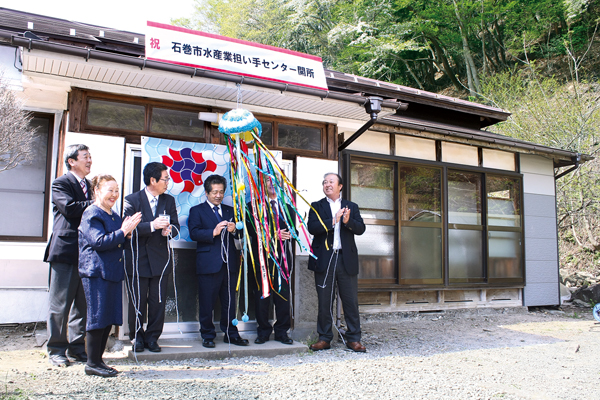
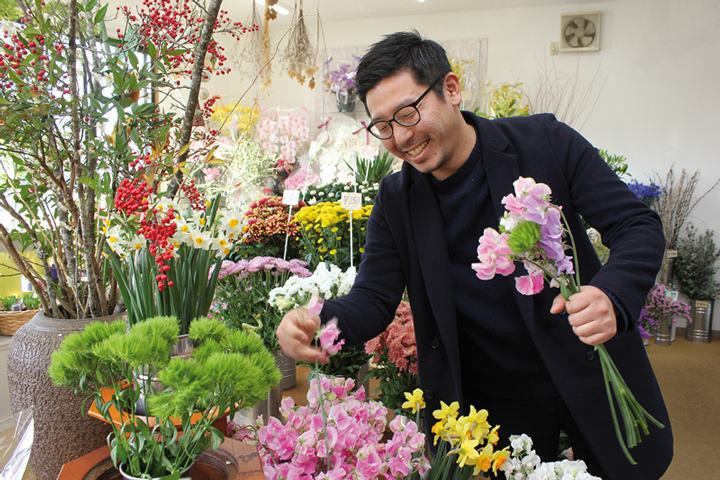
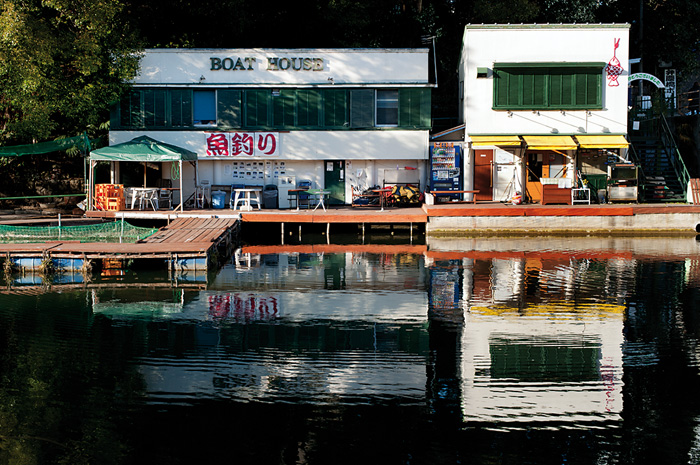


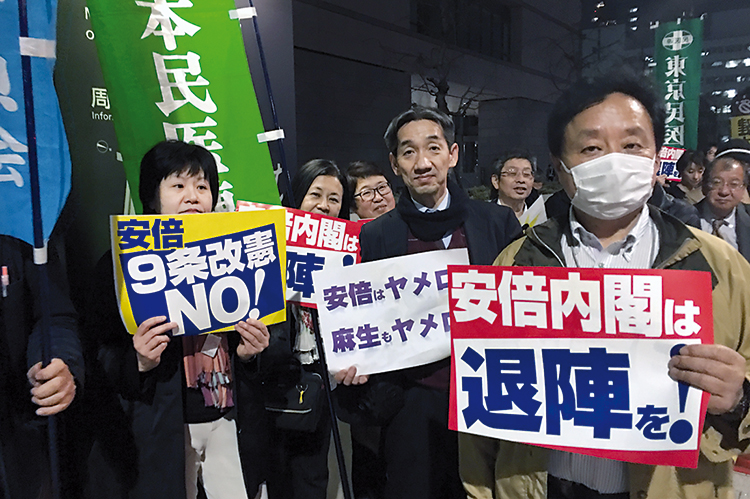
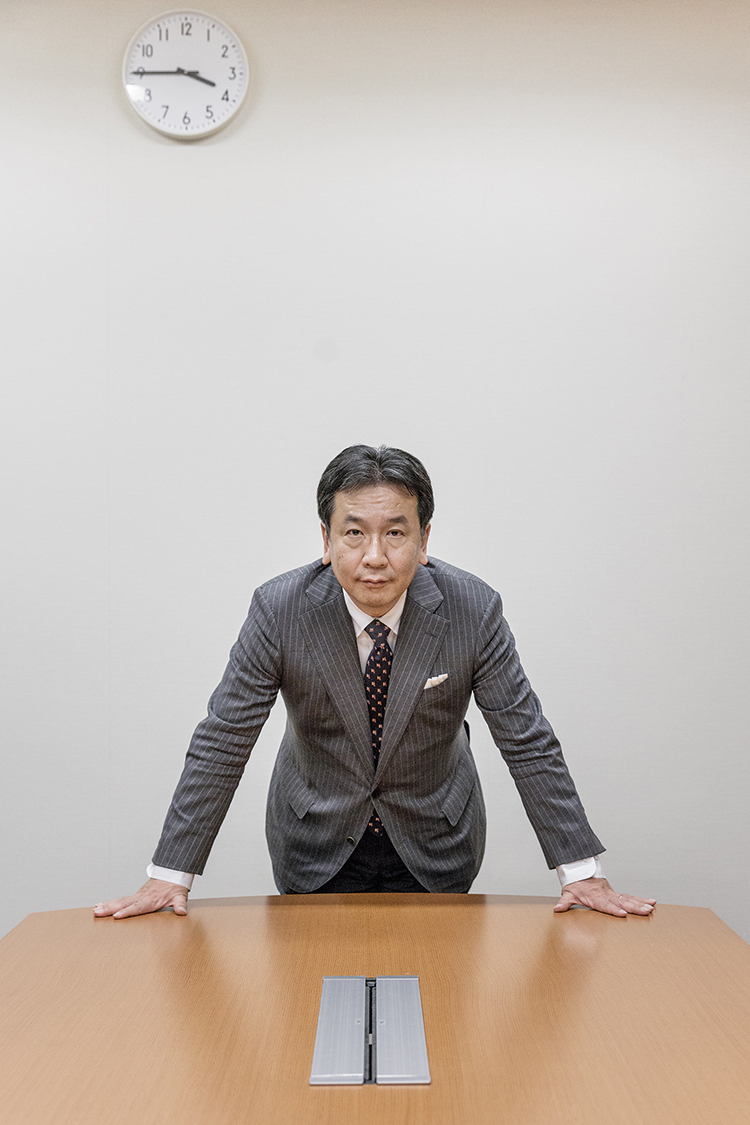
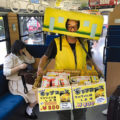
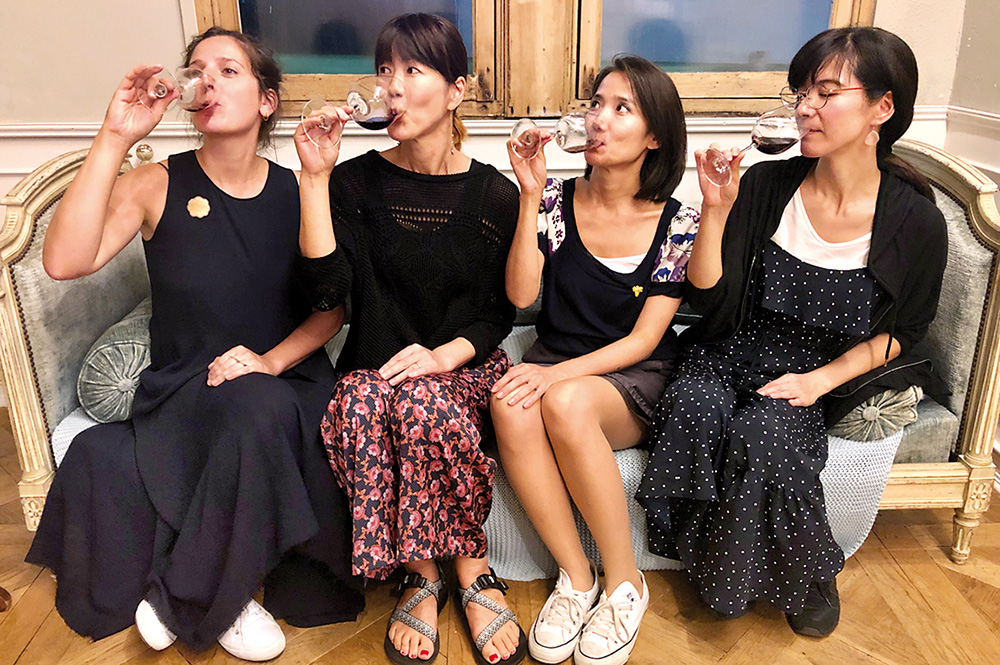
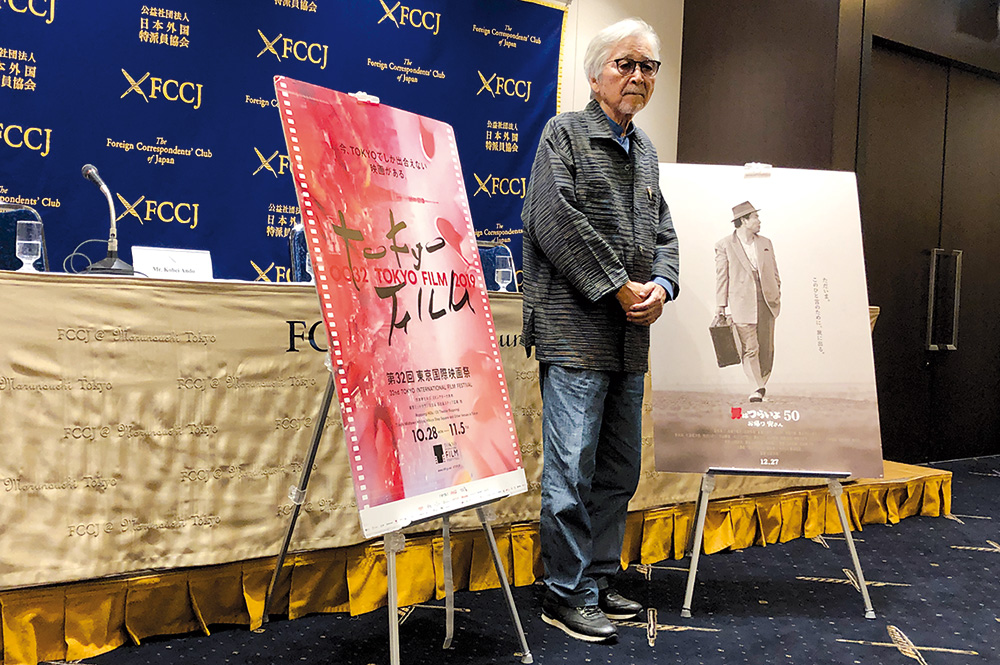
Leave a Reply